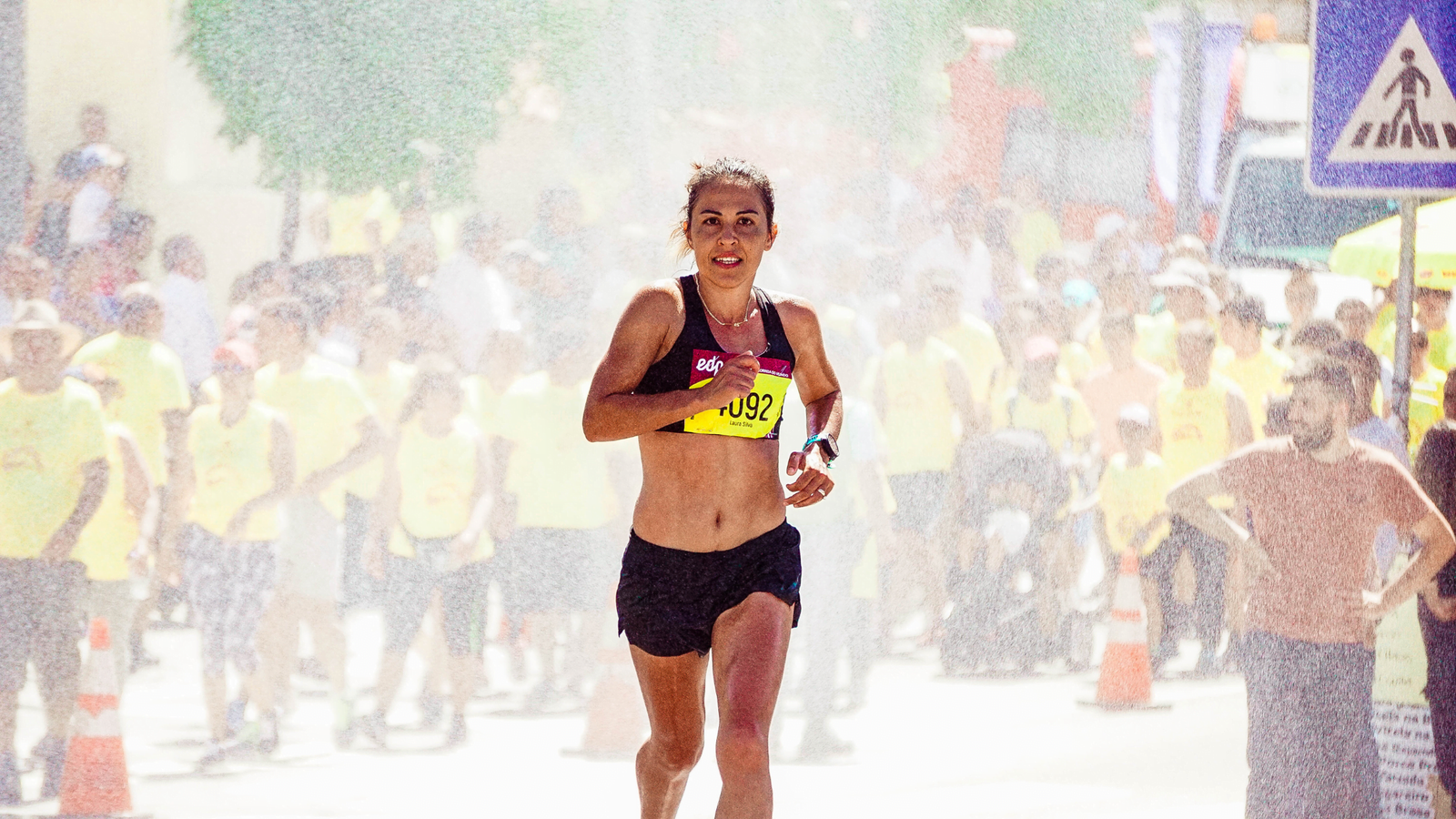Functional Fitness Training – Range of Motion
What is Range of Motion?
Range of motion can be associated with your flexibility, but they aren’t entirely the same thing. Flexibility is the abstract movement your body can perform. Range of motion is quite literally the range of how far you can go. So when you work on your flexibility, you’re also working on extending your range of motion.
Your range of motion is what allows you to extend your reach and keep your limbs alive, ready, and always moving. Your range of motion relates to how well you can move around, how far your reach can go. Being strong is great, but if you can’t reach the top shelf without stretching a muscle, then you’re missing out on a few vital exercises.
Range of motion mainly comes from stretches. You should occasionally stretch your limbs in all directions where you can comfortably go. This way, you keep a hold of your range of motion. Range of motion is as easy to lose as your power is. Once you’ve lost the flow or routine of strengthening it, it’s really hard to get it back.
Range of motion may not seem that important on its own but combined with the other components of functional fitness it really makes the difference between one person and another. You may have immense power and strength, but without a decisive range of motion, you’ll never be the best runner since your legs aren’t accustomed to taking such large steps.
With power and strength, you can run consistently at a fast pace, which is good. To make yourself better, you’d improve the length of your stride by stretching your legs during exercises.
Never think of the components of functional fitness as isolation movements as they require multiple muscle synergies to perform each exercise. When they work together, they create a strong, sturdy base that you can rely on every single day.
Range of Motion in your Daily Life (Functional Fitness Training)
Range of motion applies to everything you do, though you may not notice it in your daily actions. When you stretch to reach something overhead, when you take a longer stride to step over a puddle, when you kneel down to find something hidden under your bed, they’re all examples of the range of motion in your life.
When you work on your range of motion, you not only work on extending your reach but also on making it easier for you to reach that far.
Think of the athletic performance that you can bring over to daily activities. It’ll be easier to run, jump and walk at a faster pace. You can stretch overhead and below yourself effortlessly. Actions, in general, become much easier.
When you work out, you do actions in a more exaggerated manner than what they really are in real life. This technique ensures that anything you do in your daily routines remains something easily doable.
Range of motion isn’t something you work on, on its own. It’s interpreted with everything you do in real life and in your workout session. Though you’ll find workouts that convey they are primarily a range of motion workouts, they’ll actually have a secondary focal point that additionally trains your range of motion.
The best part about training your range of motion is that it can be as easy as stretching in the morning. After you wake up, roll over to the side of the bed and stretch your arms over your head. Rattle your legs a little bit and arch your back. All of these can help day by day to make your reach a little better than it was yesterday.
Have a yoga session. Go out for a run. Doing the smallest of things can help your range of motion. The more you do it, the greater its development. So as long as you endlessly keep at it every day for even 15minutes, you’ll feel and see the difference.
Functional Fitness Training – Range of Motion Moves
These actions are better done in between at the beginning and at the end of your workout. All of these moves are done better when you hold them for a minimum of 20 seconds each.
1.Lunge with a Spinal Twist (Functional Fitness Training)
It’s the usual lunge with a new twist for you to try out. Once you’re in the lunge stance, place one hand down on the floor and the other in the air, twisting your core so that you’re facing upwards. Torn between your arms, taking your movements slowly.
This helps your core, leg, and arm stretch. All is done in one move and the longer you hold it, the stronger the burn and the easier it’ll be the next time you do it.
2.Butterfly Stretch (Functional Fitness Training)
Rather than stretching your limbs outwards, bring them all inwards so that you’re comfortable in closed positions. Sit down and bring your feet together, making them touch each other’s soles. Place your right hand on your left shin and left hand on the right shin.
Keep this pose for as long as you can, standard 20 seconds to have best effect.
3.Seated Shoulder Squeeze (Functional Fitness Training)
In this move, you’re sitting on the floor quite like how you did in the Butterfly Stretch, only this time you take your arms to your back and clasp them together. Immediately you should feel your shoulder bones constraining in the pose.
